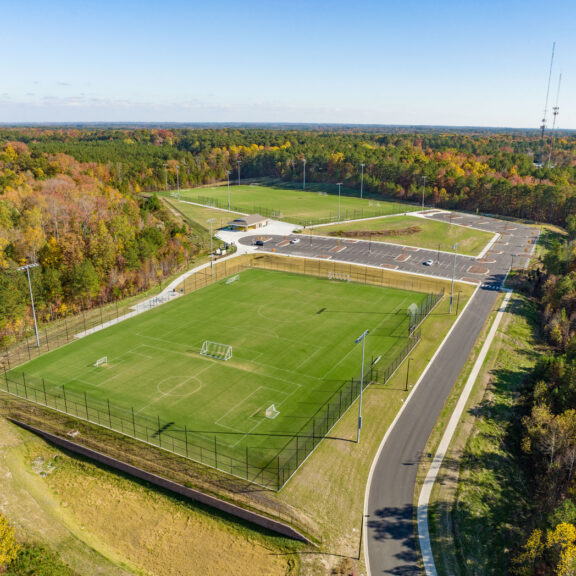April is known as World Landscape Architecture Month (WLAM), which is celebrated by architects and designers worldwide. During this month, we take the time to appreciate and recognize the importance of landscape architecture in shaping the environment we live. It’s also the time to celebrate Spring, which brings warmer weather and new beginnings. As nature comes alive with an explosion of colors and scents, flowers in all shapes and sizes begin to blossom, adding beauty and vibrancy to our surroundings. To close out WLAM and celebrate the blossoming of spring, we’re sharing some of our landscape architecture teams’ favorite flowers that are in bloom right now!
Carlin Tacey, a project manager on our Richmond landscape architecture team said Pawpaw and Red Buckeye are the ones to check out this season!
According to the National Park Service and the Virginia Native Plant Society, the Pawpaw tree is beloved by hikers and wildlife alike. This understory tree begins to bloom in early to mid-April revealing a unique, small maroon flower that hangs from the tree like a bell. It’s worth noting that the Pawpaw tree’s flowers are self-incompatible, meaning they require cross-pollination. The flowers that succeed in getting fertilized produce the biggest edible fruit native to North America. The fruit, which is technically a berry, is said to be a blend of banana, mango, and citrus with subtle notes of vanilla. This tree is a vital part of our forest ecosystem, providing shelter and food for woodland creatures.
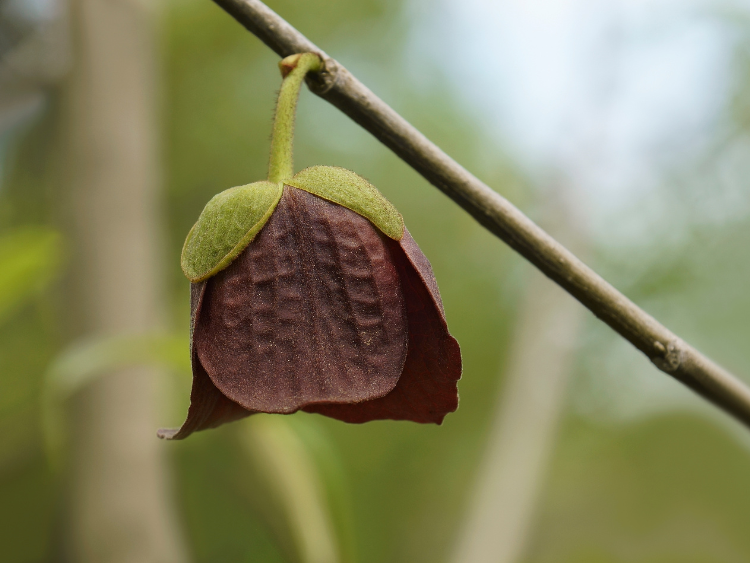
The Red Buckeye, named for the color of its flowers and the resemblance of its seeds to a deer or buck’s eye, can be found in areas ranging from Virginia to Florida, through eastern Texas and northern Illinois. The Red Buckeye starts to bloom from March to May revealing a deep red or yellow bell-shaped flower and is often planted for the visual interest and beauty it brings to a landscape. By providing a source of nectar, Red Buckeyes attract pollinators like hummingbirds and bees which is important to the local ecosystem and food web. This tree is popular for rain gardens, woodland gardens, and as a specimen plant says Georgia Native Plant Society.
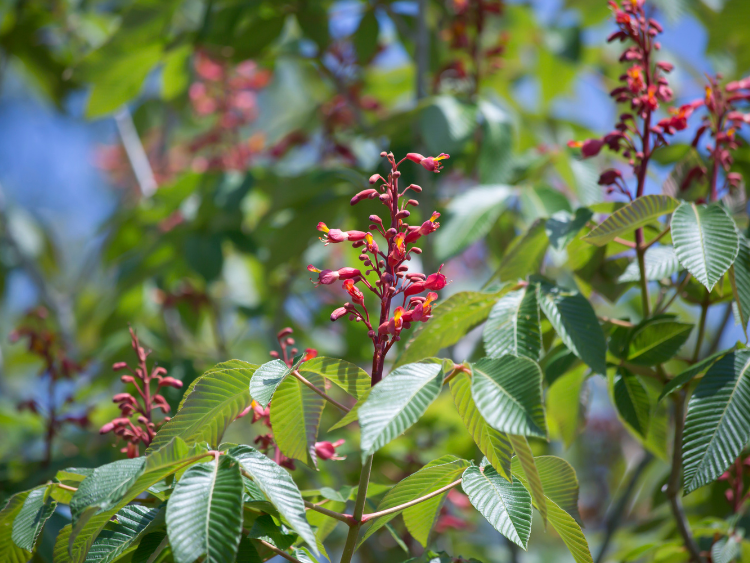
Our Charlotte landscape architect, Jason Dolan, suggests keeping an eye out for the beautiful Lenten Rose and Dogwood blooms while they’re still in season!
Requiring little maintenance, the Lenten Rose is a hearty and forgiving plant that blooms from February to April, during the 40-day period between Ash Wednesday and Easter known as Lent, says Flower Magazine. Thriving in partial sunlight, Lenten Rose brings a vibrant presence to a shady garden area with its variety of color options ranging from deep purple to white. This flower is perfect for beginner gardeners due to its resilience and toleration of different soil types making it easy to grow and care for.
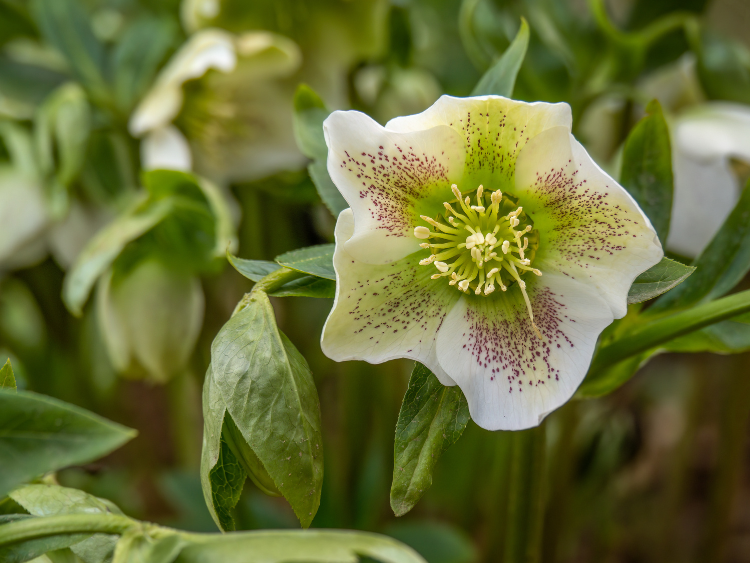
North Carolina’s state flower, the flowering Dogwood, appears from late March to mid-May and can be found in many parks and gardens throughout the state. A popular ornamental tree native to Eastern North America, it’s known for its showy flowers that can be white, pink, or red and its distinctive bark. The state celebrates its Dogwood trees with an annual festival in Fayetteville, which includes parades, live music, and arts and crafts. Dogwoods are not only beautiful but also play an important ecological role in North Carolina’s forests, providing food and habitat for birds and insects.
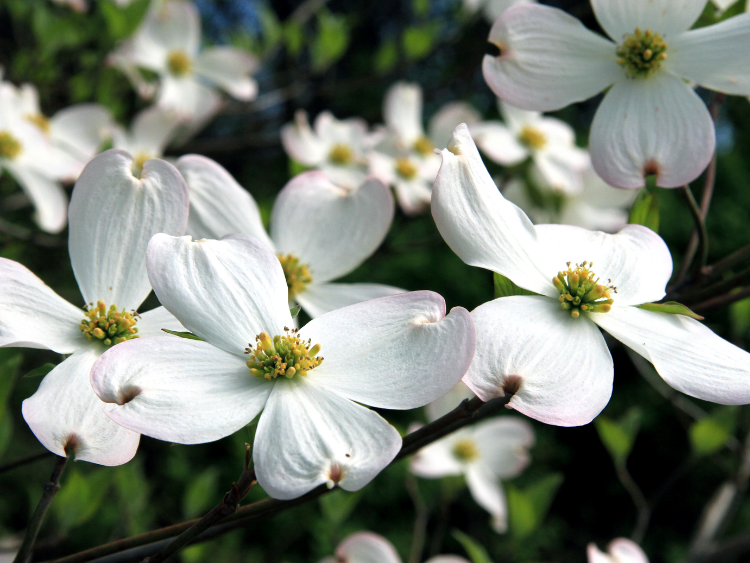
Chuck Rapp of our Charlottesville office has several spring bloom recommendations for the mountainous terrain of Albemarle County, Virginia, including the bearded iris and azalea rhododendron.
According to the National Garden Bureau, the Bearded Iris is identifiable by a unique fuzzy “beard” on each of its lower petals. The Bearded Iris bulb should be planted depending on when you want it to bloom, so if you plant it any time in the late summer or early fall, it’ll bloom the following spring. Bearded irises provide a bounty of colors to a garden bed and come in varieties like fuchsia, champagne, gold, white, variegated lavender, and salmon. They’re a great refuge for bees and beetles and are robust with food for pollinators. Because Iris plants are true bulbs, they are perennials and will populate annually, as long as the ground and soil are taken care of year to year.
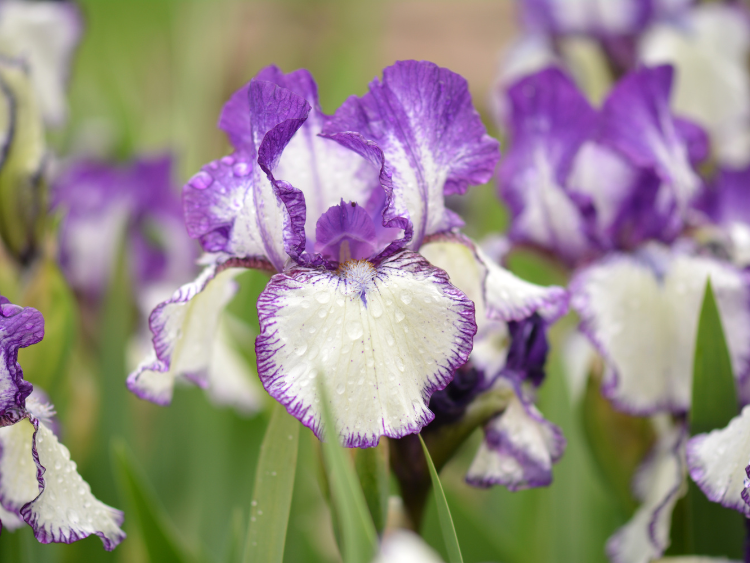
Chuck also recommends Azalea, a flowering shrub in the rhododendron family. When an Azalea bush blooms, its colors are a magnificent spectacle in any garden scape. Blooms can be found in white, pale pink, red, and fuchsia and will last for several weeks. Because rhododendrons can grow quite large, the Azalea requires regular pruning between seasons, but rest assured, maintenance is relatively simple. A native plant to North America, the Azalea is an idolized symbol of blooms in the southeast United States and attracts a swarm of people when their colors change in the spring. Cities like Norfolk, Virginia, and Wilmington, North Carolina are known for their Azaleas and even have dedicated gardens and holidays celebrating their appearance.
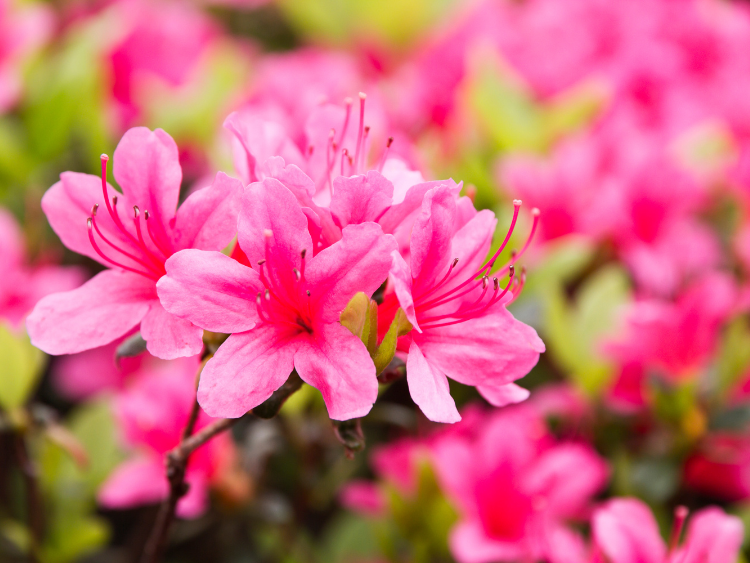
In addition to planned landscaping that incorporates Irises and trimmed Azaleas, it’s common to also rely on naturally occurring wildflowers to enhance your garden. Jon Bondi of our Ashburn office recommends the Spiderwort and Columbine for those who are looking for a more rustic approach to their spring blooms.
Spiderwort, also known as the Bengal dayflower, is a native plant to North America and was traditionally used by Cherokee healers in tea that was said to soothe stomach pains and ward off cancer. While its roots (pun intended) lay in medicinal use, this tall leafy plant is also known for donning bright purple tri-petaled blooms with bright yellow stamens that attract key pollinators. A benefit of having Spiderwort in a garden scape is its low toxicity to humans and pets and ultra-low maintenance.
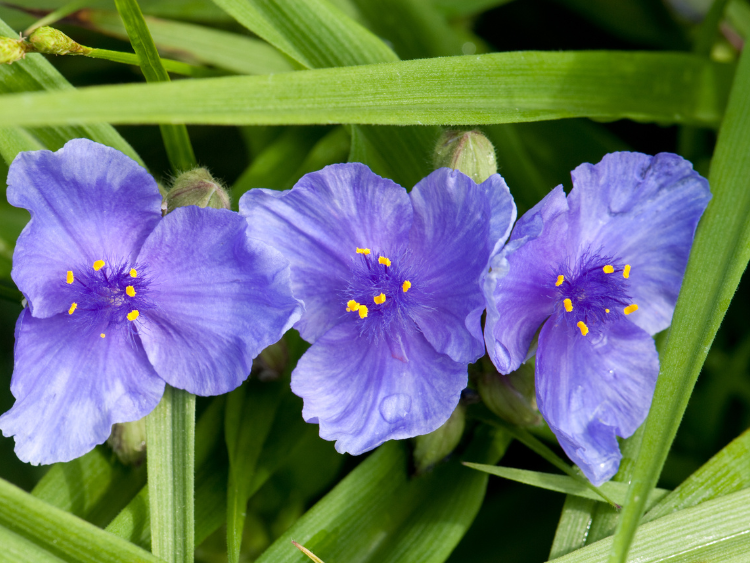
Like Spiderwort, Columbine is also low maintenance and a native perennial. Arriving in color combinations that vary from deep purple and white to brick red and yellow, the Columbine flower attracts many pollinators, including the occasional hummingbird (which is sure to add an interactive element to your garden!). Distinctive for their five-petaled flowers and long protruding “spurs”, the Columbine flower naturally sits in one of two positions: nodded or erect. A nodded Columbine flower points toward the ground and may resemble a bellflower, while an erect Columbine flower faces upward with its spurs sitting below. The unique anatomy of a Columbine flower can add interest to any rustic garden bed.
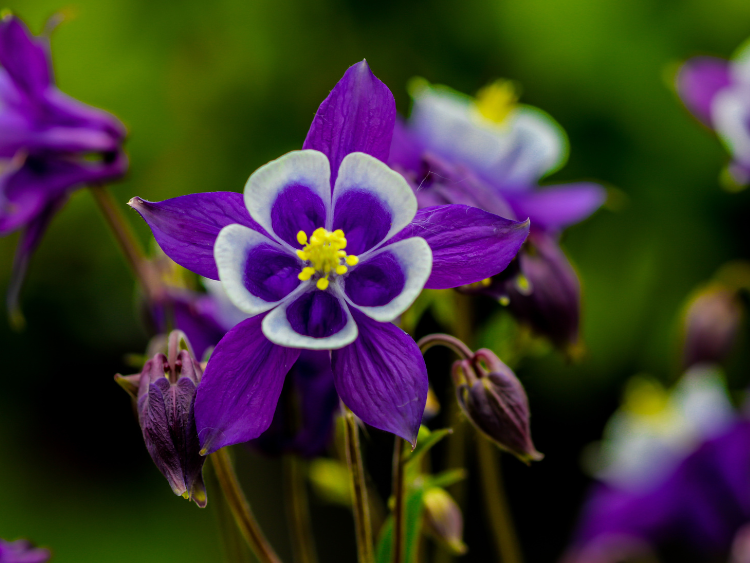
And Scott Wiley, a Principal in our landscape architecture group, shared some gorgeous photos featuring what’s currently blooming in Northern Italy!
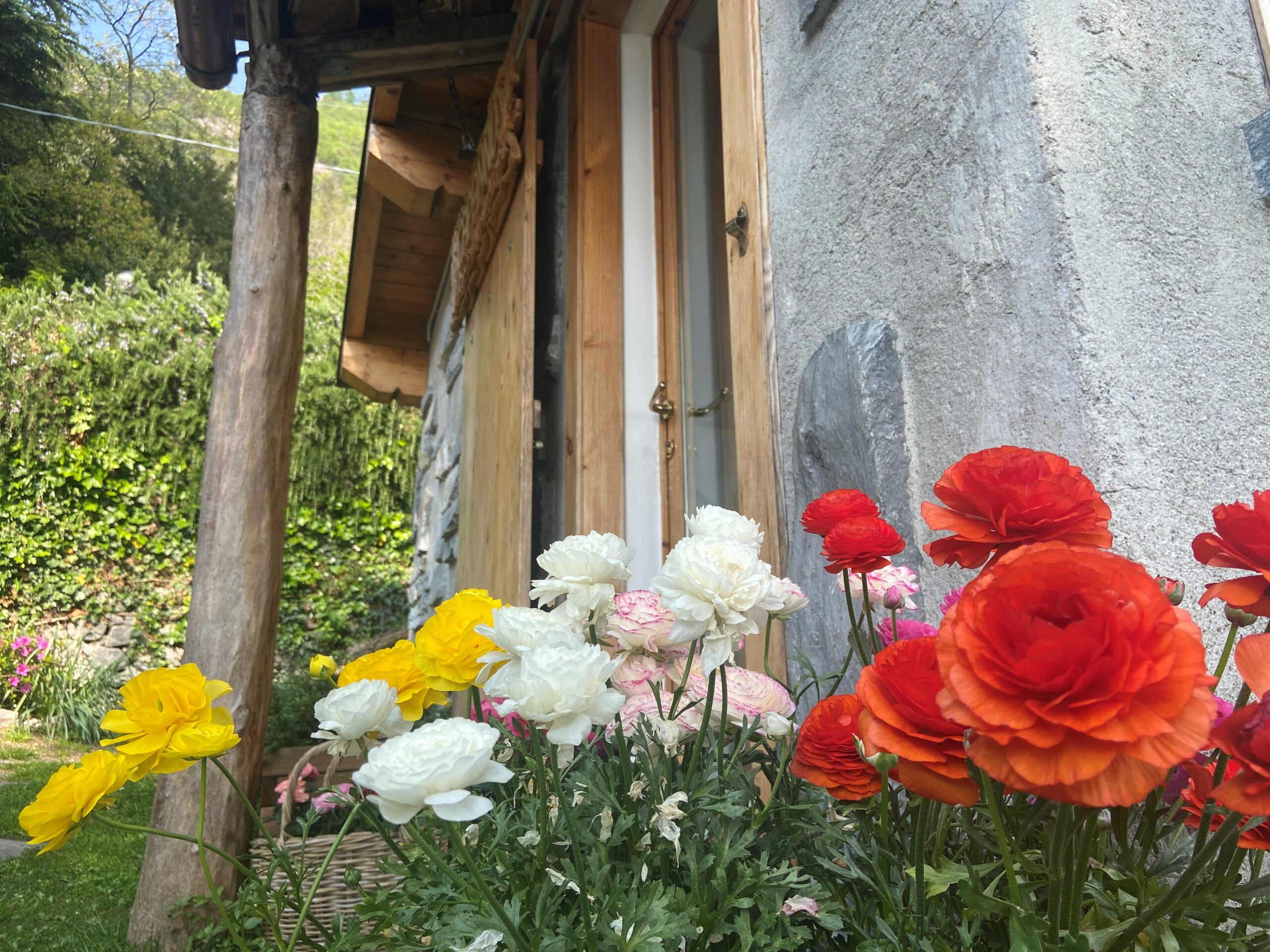
Ranunculus
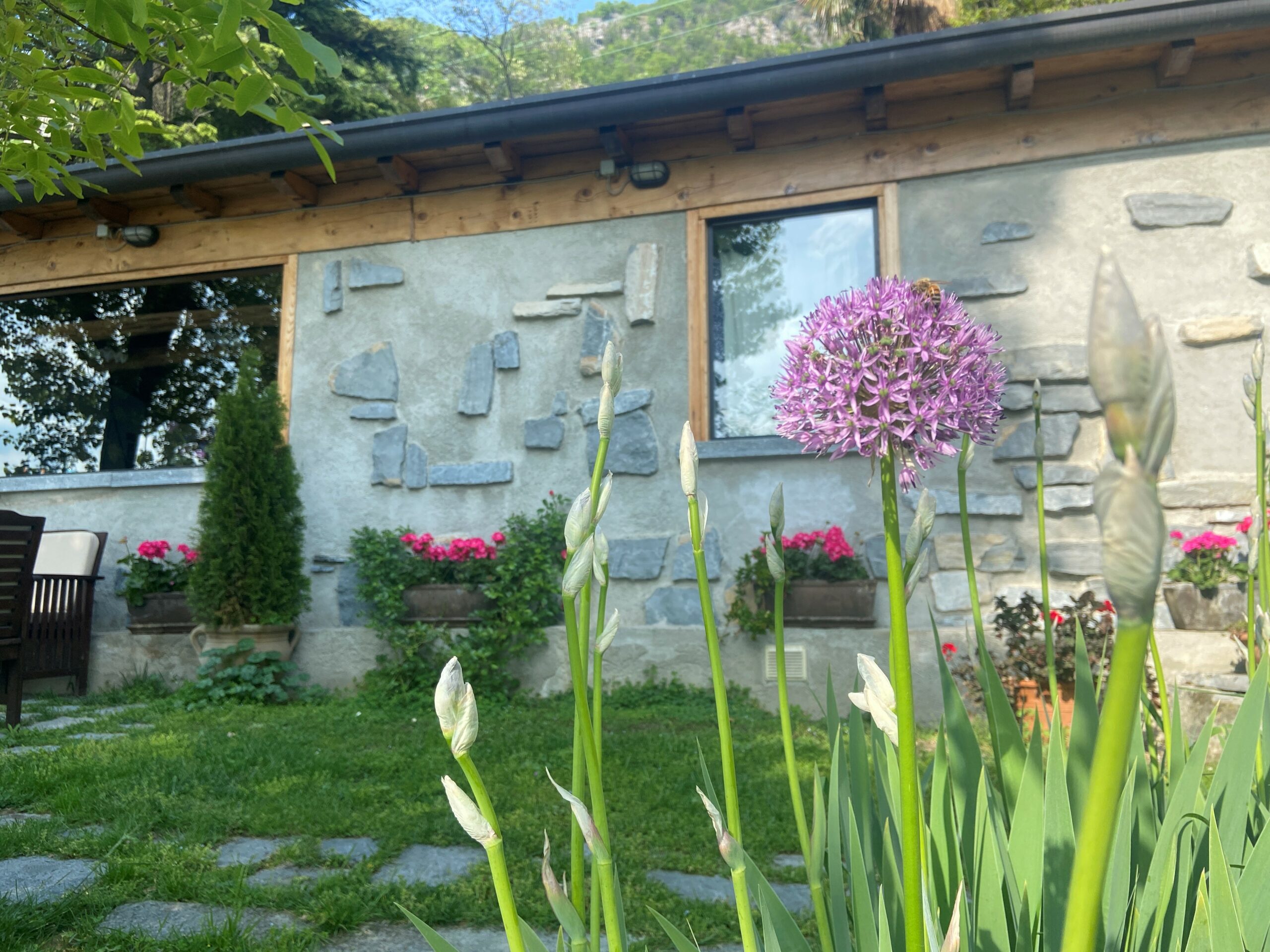
Allium
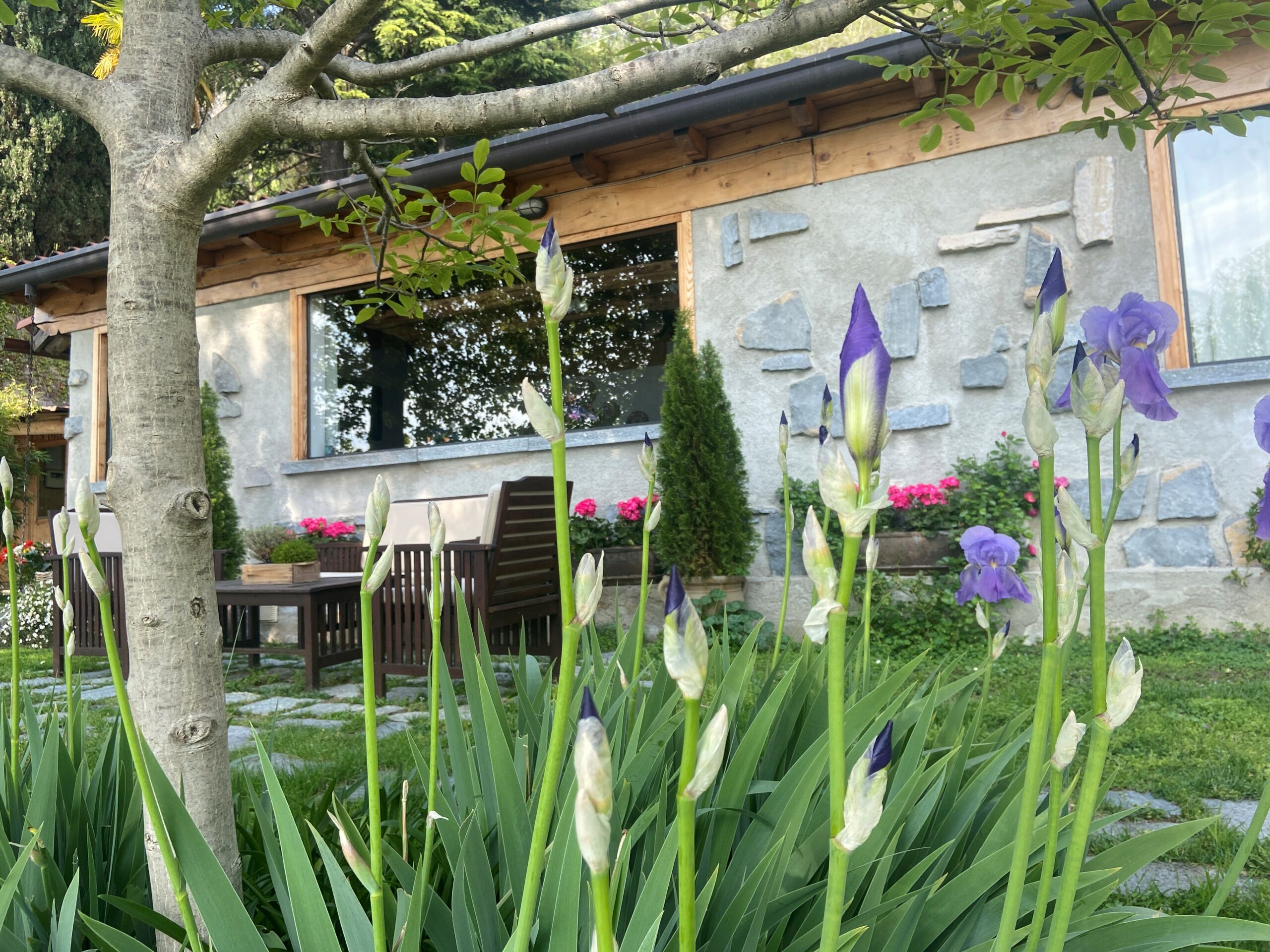
Iris Virginica
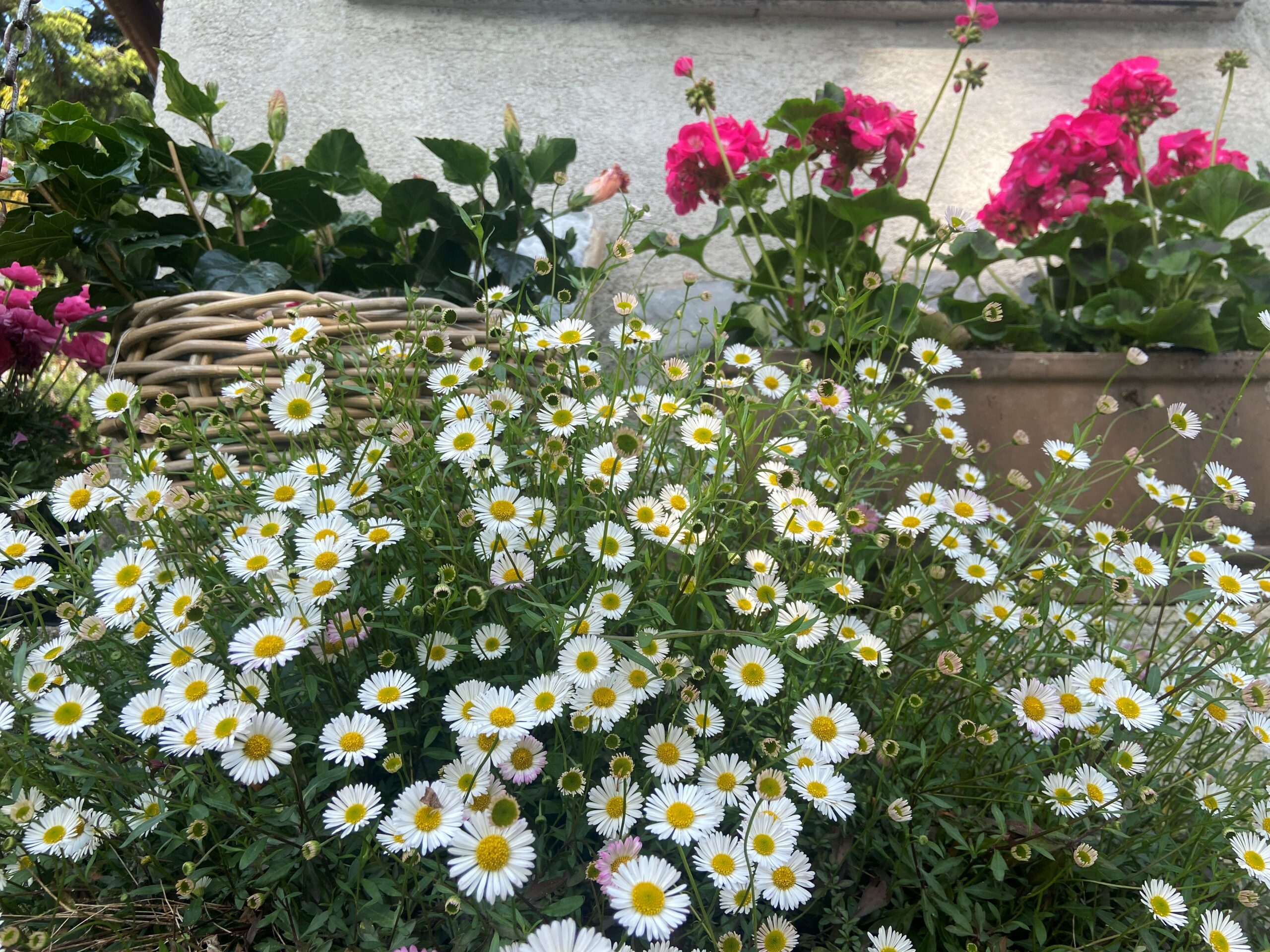
Aster and Geranium
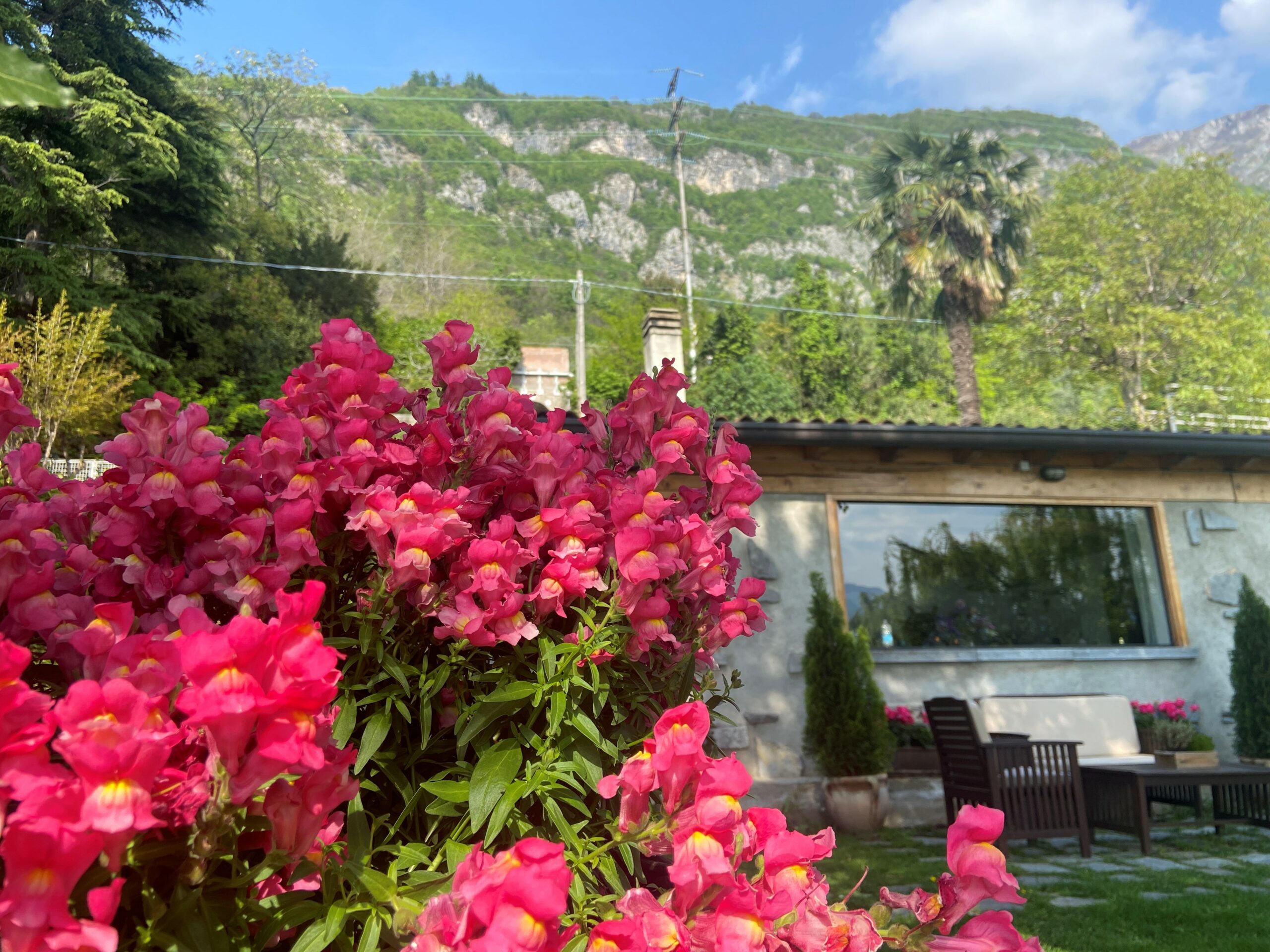
Snapdragon
Thanks for tuning in this World Landscape Architecture Month!





